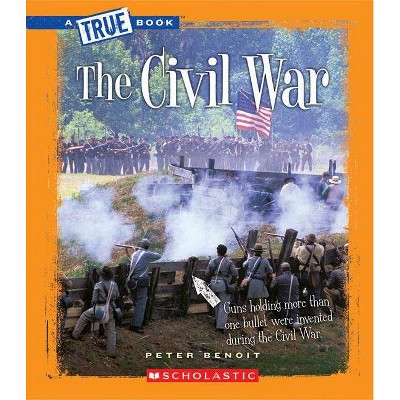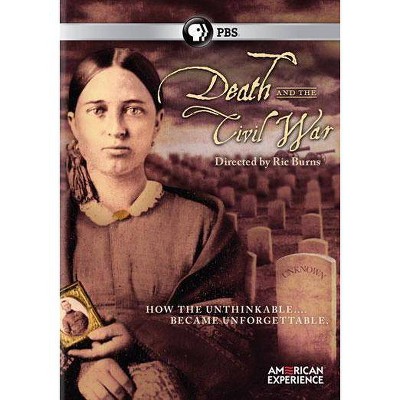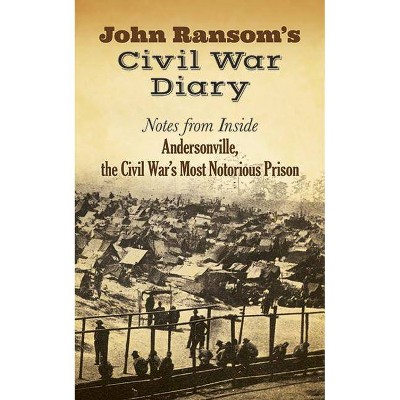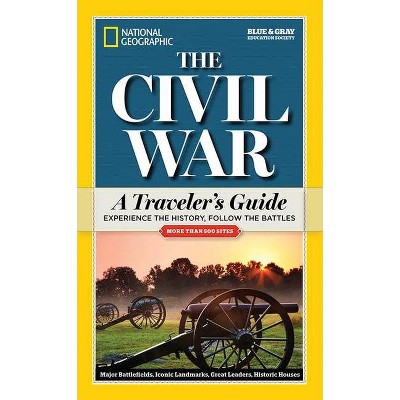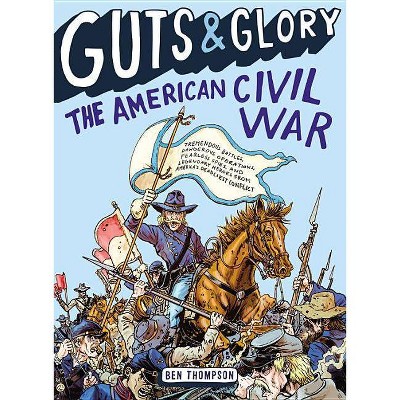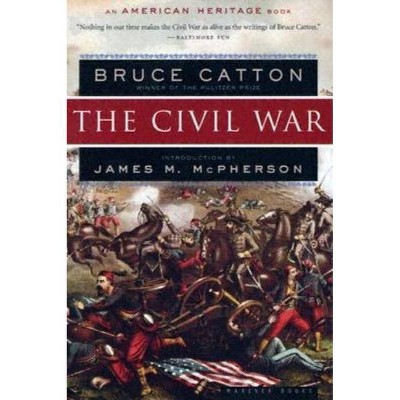The American Civil War and the Hollywood War Film - by John Trafton (Paperback)
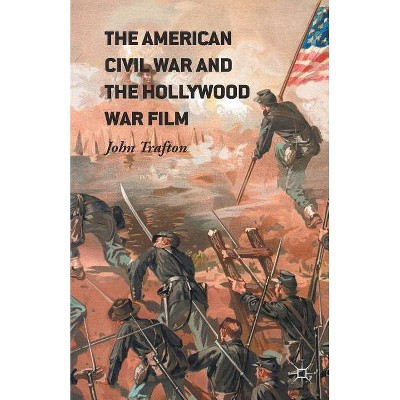
Similar Products
Products of same category from the store
AllProduct info
<p/><br></br><p><b> Book Synopsis </b></p></br></br><p>The American Civil War was viscerally documented through panorama paintings, photography, and soldier testimonials, leaving behind representational principles that would later inform the development of war film genre codes. This book explores how each of these representational modes cemented different formulas for providing war stories with pathos.</p><p/><br></br><p><b> From the Back Cover </b></p></br></br>Throughout film history, war films have been in constant dialogue with both previous depictions of war and contemporary debates and technology. War films remember older war film cycles and draw upon the resources of the present day to say something new about the nature of war. The American Civil War was viscerally documented through large-scale panorama paintings, still photography, and soldier testimonials, leaving behind representational principles that would later inform the development of the war film genre from the silent era up to the present. This book explores how each of these representational modes cemented different formulas for providing war stories with emotional content.<p/><br></br><p><b> About the Author </b></p></br></br><p><b>John Trafton</b> is Research Coordinator at the University of St Andrews, UK. </p>
Price History
Price Archive shows prices from various stores, lets you see history and find the cheapest. There is no actual sale on the website. For all support, inquiry and suggestion messages communication@pricearchive.us
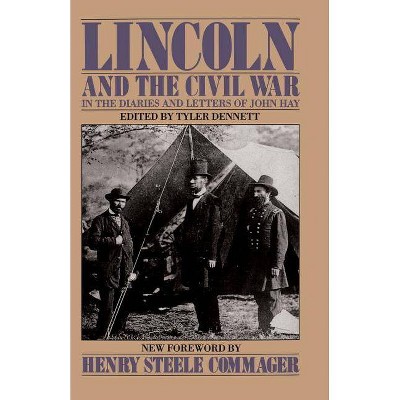

![American Experience: Death and the Civil War [DVD] [2012]](https://pisces.bbystatic.com/image2/BestBuy_US/images/products/2040/20407486_so.jpg)
